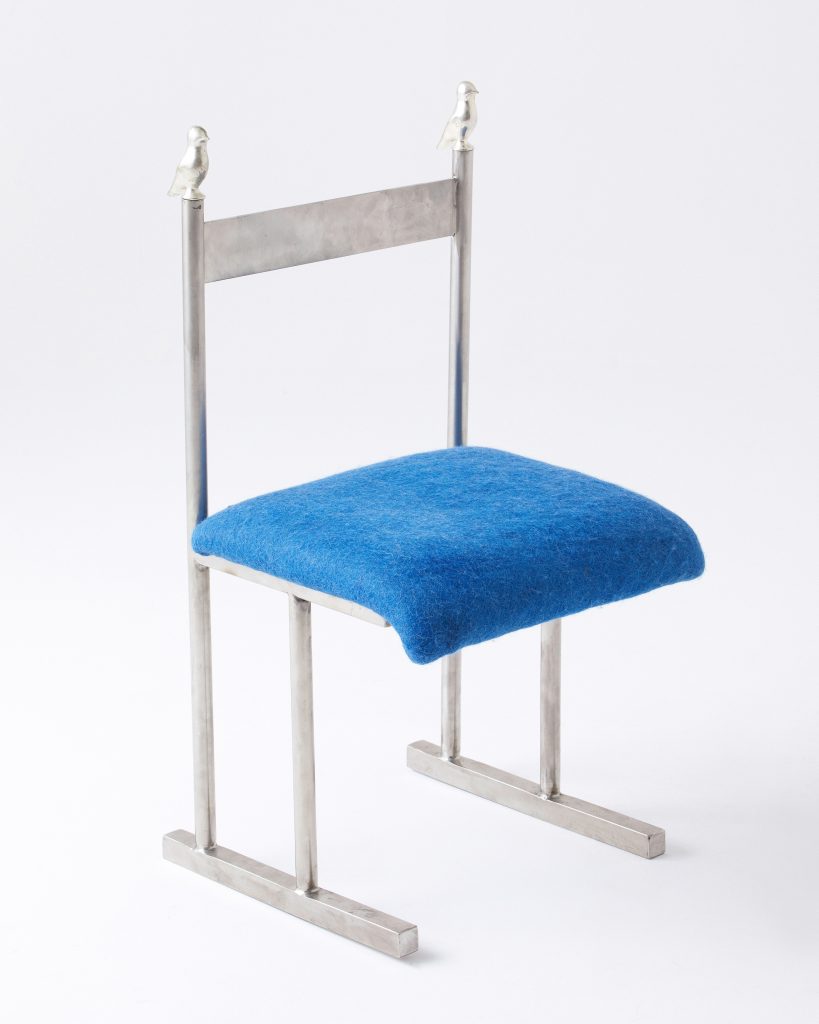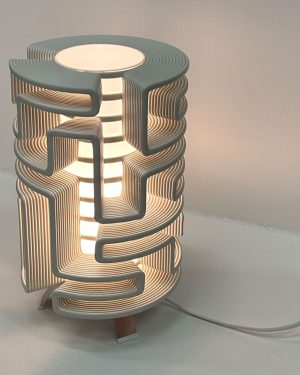
Art Deco: the Glitz and Glamour
Art Deco design emerged from the optimism of the 1920s and 1930s—an era that celebrated craftsmanship, innovation, and visual opulence. Characterized by bold geometry, luxurious materials, and symmetrical forms, the style balanced artistic sophistication with industrial precision. Born in Paris and spread across the globe, Art Deco remains one of the most recognizable and glamorous movements in design history.
Whether expressed through Art Deco furniture, lighting, or decorative objects, the style continues to define interiors that value timeless elegance and architectural detail.




What is Art Deco Design?
Art Deco stands at the intersection of art, industry, and ornamentation. Its language of geometric shapes, sleek lines, and metallic accents speaks to both luxury and progress. A typical Art Deco interior pairs streamlined silhouettes with materials like brass, glass, marble, and lacquered wood, creating spaces that feel both stately and modern.
Influenced by the rise of technology and the energy of the Jazz Age, the style blended inspiration from global cultures—from Egyptian patterns and African motifs to Japanese lacquerwork and Mayan forms. The result is a visual identity that celebrates both the hand and the machine.
Explore the evolution of this aesthetic in 100 Years of Art Deco: Innovative Nostalgia or discover how it continues to influence contemporary makers in The Timeless Elegance of Brass.




The Origins of Art Deco Design
Art Deco Design, originating in 1920s Paris and flourishing throughout the interwar period between World War I and World War II, synthesized diverse artistic influences such as Cubism, Futurism, and Bauhaus. It responded to the lavishness of Art Nouveau by embracing streamlined geometric shapes and a modern aesthetic, often drawing inspiration from ancient Egyptian and African motifs.
This movement celebrated the machine age, evident in its sleek lines and symmetrical designs that mirrored the era’s technological progress. As an embodiment of both elegance and innovation, Art Deco Design marked a pivotal shift in artistic expression and continues to captivate with its timeless allure.
To see how geometry became sculpture, explore 15 Effortlessly Chic Art Deco Tables and 10 Glamorous Art Deco Seats—each illustrating how craftsmanship and ornament coexist in perfect balance.






What are the Key Characteristics of Art Deco Design?
Art Deco design is characterized by a distinct set of key characteristics that define its visual style and aesthetic. These characteristics encompass various elements of design, from architecture to fashion and decorative arts:
- Geometric Shapes: Art Deco prominently features geometric shapes such as triangles, rectangles, circles, and zigzags. These shapes are often arranged in symmetrical and repetitive patterns, creating a sense of order and balance.
- Sleek Lines: Clean, precise lines are a hallmark of Art Deco design. Straight lines, curves, and sharp angles are used to create a streamlined and modern appearance.
- Symmetry: Art Deco often emphasizes symmetrical designs, reflecting a sense of harmony and equilibrium. This symmetry can be seen in building facades, furniture, and decorative objects.
- Luxurious Materials: The use of luxurious and opulent materials is a defining feature of Art Deco. These materials include marble, ivory, chrome, glass, gold, silver, and exotic woods.




Art Deco in Contemporary Design
Far from being a relic of the past, Art Deco design continues to shape how we understand luxury. Its visual language inspires designers across disciplines—from fashion and jewelry to modern furniture and lighting design.
Today’s Art Deco revival blends nostalgia with minimalism: polished brass fixtures paired with sculptural glass, or lacquered cabinets set against muted walls. Designers reimagine the glamour of the 1930s through modern techniques, resulting in interiors that feel both timeless and forward-looking.
See this balance in Contemporary Table Lamps Inspired by a Century of Design and Rediscovered Elegance of Mid-Century Modern, both showing how form and function merge into visual poetry.




The Influence of Art Deco Across the Arts
- Fashion & Jewelry: The geometric silhouettes of Art Deco informed couture and accessories, giving rise to bold patterns, metallic embroidery, and angular gemstones.
- Interior Design: From Art Deco lighting to inlaid furniture and mirrored surfaces, interiors radiate drama and elegance.
- Architecture: The era’s skyscrapers and facades—from New York’s Chrysler Building to Miami’s pastel hotels—embody symmetry, ornament, and innovation.
- Visual Arts & Graphics: Bold typography, streamlined posters, and symmetrical layouts defined the Art Deco graphic movement, bridging fine art and commerce.
For related explorations, visit The Timeless Legacy of Bauhaus Design or Embracing the Raw Beauty of Brutalist Design to see how successive movements borrowed and reinterpreted Art Deco’s clarity.




The Enduring Legacy of Art Deco
The allure of Art Deco design lies in its unique ability to evoke both nostalgia and innovation. Its bold forms and refined details continue to inspire new generations of makers who view it not as retro, but as a living language of modern elegance.
From Art Deco lamps to sculptural Art Deco tables, from architectural silhouettes to fine jewelry, this movement remains a defining touchstone for those who seek sophistication with a sense of history.
Its influence endures across eras—an aesthetic bridge connecting the glamour of the past with the creative experimentation of today’s collectible design.
Read Now: 12 Art Deco Decor That Make a Statement















